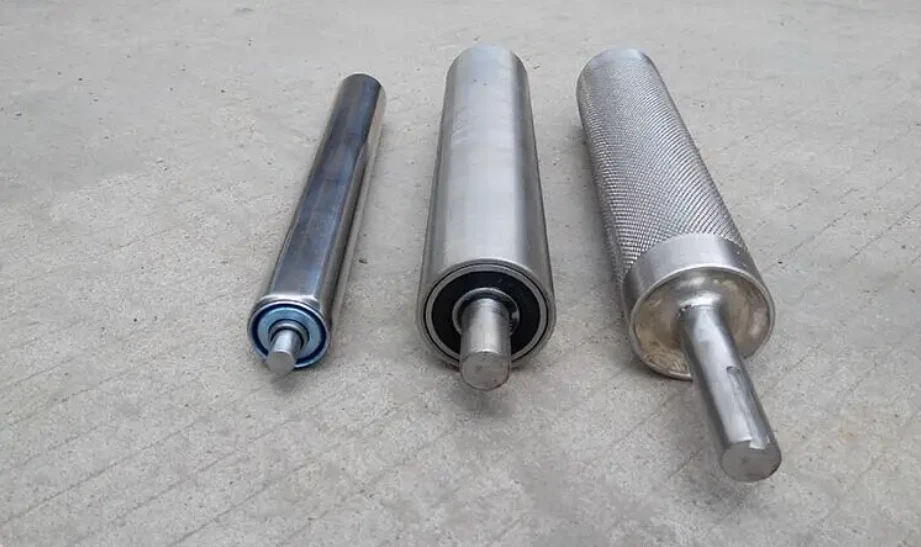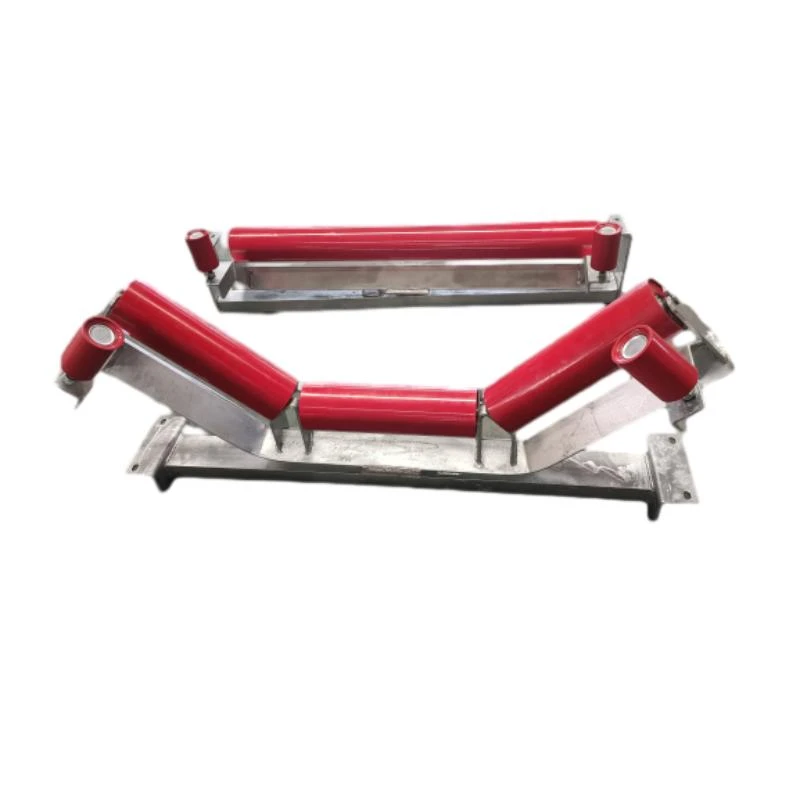 Afrikaans
Afrikaans  Albanian
Albanian  Amharic
Amharic  Arabic
Arabic  Armenian
Armenian  Azerbaijani
Azerbaijani  Basque
Basque  Belarusian
Belarusian  Bengali
Bengali  Bosnian
Bosnian  Bulgarian
Bulgarian  Catalan
Catalan  Cebuano
Cebuano  Corsican
Corsican  Croatian
Croatian  Czech
Czech  Danish
Danish  Dutch
Dutch  English
English  Esperanto
Esperanto  Estonian
Estonian  Finnish
Finnish  French
French  Frisian
Frisian  Galician
Galician  Georgian
Georgian  German
German  Greek
Greek  Gujarati
Gujarati  Haitian Creole
Haitian Creole  hausa
hausa  hawaiian
hawaiian  Hebrew
Hebrew  Hindi
Hindi  Miao
Miao  Hungarian
Hungarian  Icelandic
Icelandic  igbo
igbo  Indonesian
Indonesian  irish
irish  Italian
Italian  Japanese
Japanese  Javanese
Javanese  Kannada
Kannada  kazakh
kazakh  Khmer
Khmer  Rwandese
Rwandese  Korean
Korean  Kurdish
Kurdish  Kyrgyz
Kyrgyz  Lao
Lao  Latin
Latin  Latvian
Latvian  Lithuanian
Lithuanian  Luxembourgish
Luxembourgish  Macedonian
Macedonian  Malgashi
Malgashi  Malay
Malay  Malayalam
Malayalam  Maltese
Maltese  Maori
Maori  Marathi
Marathi  Mongolian
Mongolian  Myanmar
Myanmar  Nepali
Nepali  Norwegian
Norwegian  Norwegian
Norwegian  Occitan
Occitan  Pashto
Pashto  Persian
Persian  Polish
Polish  Portuguese
Portuguese  Punjabi
Punjabi  Romanian
Romanian  Russian
Russian  Samoan
Samoan  Scottish Gaelic
Scottish Gaelic  Serbian
Serbian  Sesotho
Sesotho  Shona
Shona  Sindhi
Sindhi  Sinhala
Sinhala  Slovak
Slovak  Slovenian
Slovenian  Somali
Somali  Spanish
Spanish  Sundanese
Sundanese  Swahili
Swahili  Swedish
Swedish  Tagalog
Tagalog  Tajik
Tajik  Tamil
Tamil  Tatar
Tatar  Telugu
Telugu  Thai
Thai  Turkish
Turkish  Turkmen
Turkmen  Ukrainian
Ukrainian  Urdu
Urdu  Uighur
Uighur  Uzbek
Uzbek  Vietnamese
Vietnamese  Welsh
Welsh  Bantu
Bantu  Yiddish
Yiddish  Yoruba
Yoruba  Zulu
Zulu Mar . 04, 2025 12:08
Back to list
Wing Pulley
Understanding the roles and functionalities of drive pulleys and driven pulleys is critical, especially for those who work with belt-driven systems. These components, often found in machinery, vehicles, and conveyor systems, serve as the backbone for power transmission applications. Here, we delve into the intricate world of these pulleys, shedding light on their differences, applications, and why choosing the right pulley can make or break an efficient system.
The setup environment further influences which pulley system is optimal. Harsh conditions, exposure to chemicals, or extreme temperature ranges necessitate pulleys with specific protective coatings or made from non-corrosive materials. Regular maintenance also plays a vital role in ensuring longevity. Routine inspections can preemptively uncover wear and tear that could lead to system downtime. Drive and driven pulleys also factor into energy efficiency within a system. Modern advancements in design, such as the use of dynamic balancing and cogged belt systems, allow for reduced slippage and more efficient power transfer. These developments mean industries can reduce energy consumption while maintaining performance levels. Trustworthiness and reliability of pulley systems come from years of industry expertise and adhering to high manufacturing standards. Reputable manufacturers subject their pulleys to rigorous testing under real-world conditions, providing assurances that their products will withstand the test of time. Investing in pulleys produced by authoritative brands often translates into fewer replacements and reduced maintenance costs. In conclusion, drive pulleys and driven pulleys hold indispensable roles in the field of mechanical power transmission. Their selection requires a balance of performance parameters like speed and torque, alongside practical considerations like environmental resilience and system efficiency. By understanding these components' complex nature and acting on expertise and experience, companies can significantly enhance the operational reliability of their machinery, driving down long-term costs and enhancing productivity.


The setup environment further influences which pulley system is optimal. Harsh conditions, exposure to chemicals, or extreme temperature ranges necessitate pulleys with specific protective coatings or made from non-corrosive materials. Regular maintenance also plays a vital role in ensuring longevity. Routine inspections can preemptively uncover wear and tear that could lead to system downtime. Drive and driven pulleys also factor into energy efficiency within a system. Modern advancements in design, such as the use of dynamic balancing and cogged belt systems, allow for reduced slippage and more efficient power transfer. These developments mean industries can reduce energy consumption while maintaining performance levels. Trustworthiness and reliability of pulley systems come from years of industry expertise and adhering to high manufacturing standards. Reputable manufacturers subject their pulleys to rigorous testing under real-world conditions, providing assurances that their products will withstand the test of time. Investing in pulleys produced by authoritative brands often translates into fewer replacements and reduced maintenance costs. In conclusion, drive pulleys and driven pulleys hold indispensable roles in the field of mechanical power transmission. Their selection requires a balance of performance parameters like speed and torque, alongside practical considerations like environmental resilience and system efficiency. By understanding these components' complex nature and acting on expertise and experience, companies can significantly enhance the operational reliability of their machinery, driving down long-term costs and enhancing productivity.
Next:
Latest news
-
Revolutionizing Conveyor Reliability with Advanced Rubber Lagging PulleysNewsJul.22,2025
-
Powering Precision and Durability with Expert Manufacturers of Conveyor ComponentsNewsJul.22,2025
-
Optimizing Conveyor Systems with Advanced Conveyor AccessoriesNewsJul.22,2025
-
Maximize Conveyor Efficiency with Quality Conveyor Idler PulleysNewsJul.22,2025
-
Future-Proof Your Conveyor System with High-Performance Polyurethane RollerNewsJul.22,2025
-
Driving Efficiency Forward with Quality Idlers and RollersNewsJul.22,2025
OUR PRODUCTS





























